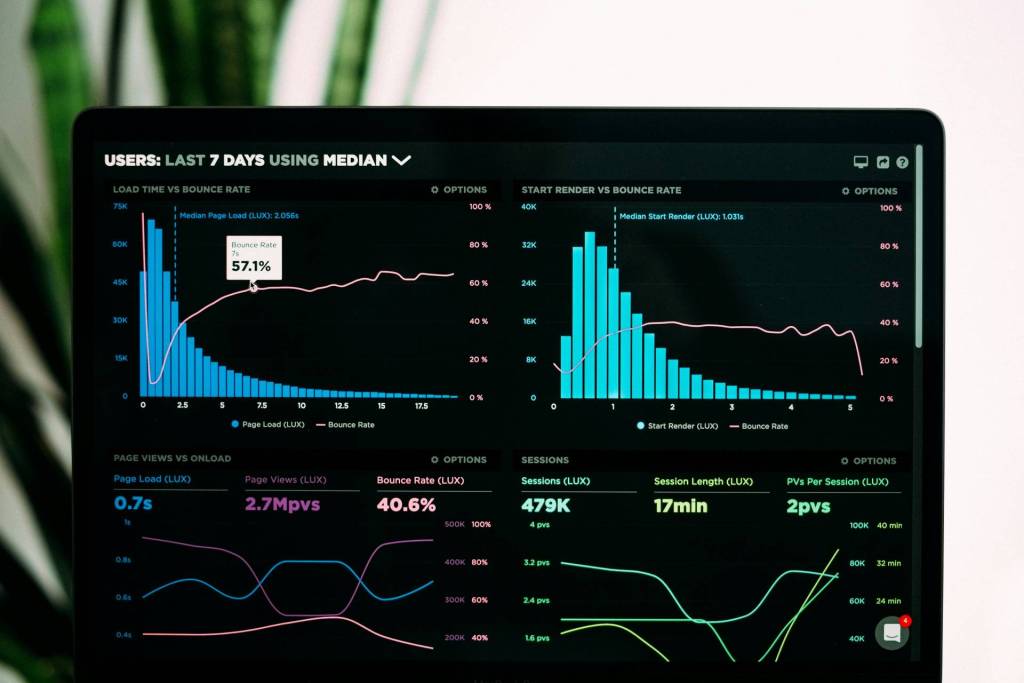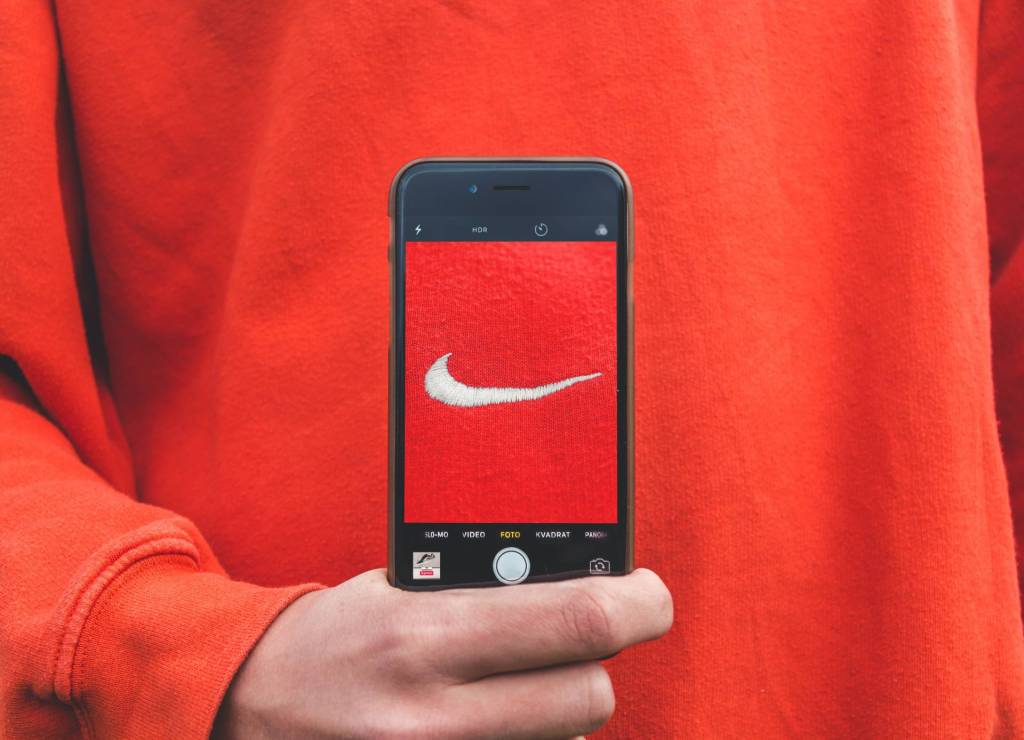I’m on a rant and a mission. I know, its public domain and there are no real rules in place, or people enforcing them, except ourselves, BUT, there is an unspoken etiquette and there has to be an understood protocol and way we respect each others online and web worlds.
Yes, we have settings and filters and ways we control SPAM, but it’s getting worse and worse and we are allowing it.
PLEASE STOP PUSHING ABUSIVE MESSAGES ON ME AND MILLIONS OF OTHERS WITHOUT PERMISSION. (yep, caps means I’m serious)
 SPAM is such a time vampire, not to mention totally annoying and unnecessarily intrusive. It truly sucks precious time from our day, every day. It really has bummed me out lately and that’s why I’m writing this.
SPAM is such a time vampire, not to mention totally annoying and unnecessarily intrusive. It truly sucks precious time from our day, every day. It really has bummed me out lately and that’s why I’m writing this.
Very comprehensive and thoughtful article here for consumers, Letting Down Our Guard With Web Privacy, and how this leads to all kinds of intrusion and spam. Don’t be so quick to click. Do you know what you just agreed to?
We’re either deleting a newsletter we didn’t subscribe to, showing up selling bogus airline tickets on someone’s Facebook page, having people who don’t exist signing up for our email marketing list, mass emails trying to sell us something, deleting sales pitches on one of our social sites, finding our content somewhere not attributed pretty much regularly.
I know there is no way to completely control this but we can try to do our part and stop doing these 7 things, which you may not realize is spam.
- Emailing Newsletters or Anything Without Permission
- Asking People To Do Something For You Without A Real Connection
- Sending Mass Purchased Sales Emails
- Allowing People to Continue Spamming Without Calling Them Out
- Posting Inappropriately on any Social Site
- Showing Disrespect on Anyones’s Profile
- Stealing Content and Posing as The Author
According to Microsoft spam is any kind of unwanted online communication. The most common form of spam is unwanted email. You can also get text message spam, instant message spam (sometimes known as spim), and social networking spam. However, some spam is part of an identity theft scam or other kind of fraud. Identity theft spam is often called a phishing scam.
Go into all your settings and tighten them up, check and un-check who you want to follow and what kind of activity you want to receive from them. Let people know what your boundaries and etiquette are and only include those who respect that in your communities. Be VERY careful what links you click, even if it looks official. Lots of spam is coming through your email from your banks and credit cards.
Here are more ways you can identify and fight SPAM.
Fight, Report, Call People Out. It works and helps.
Author:
Deborah Shane is Top 100 Small Business Champion 2012, Career Author, branding/media strategist, writer and speaker. She hosts her Toolbox Blog and a popular weekly Business Radio Show that has over 205K downloads! She is a regular contributor toSmallBizTrends.com, Monster, Blogher, PersonalBrandingBlog.com, Forbes.com. Her book Career Transition-make the shift is #1 paperback and #2 kindle in Career Transition ona Amazon.com. Deborah delivers smart ideas and solutions, which make her a popular go-to resource for CNN, CBS, Fox and Forbes.












